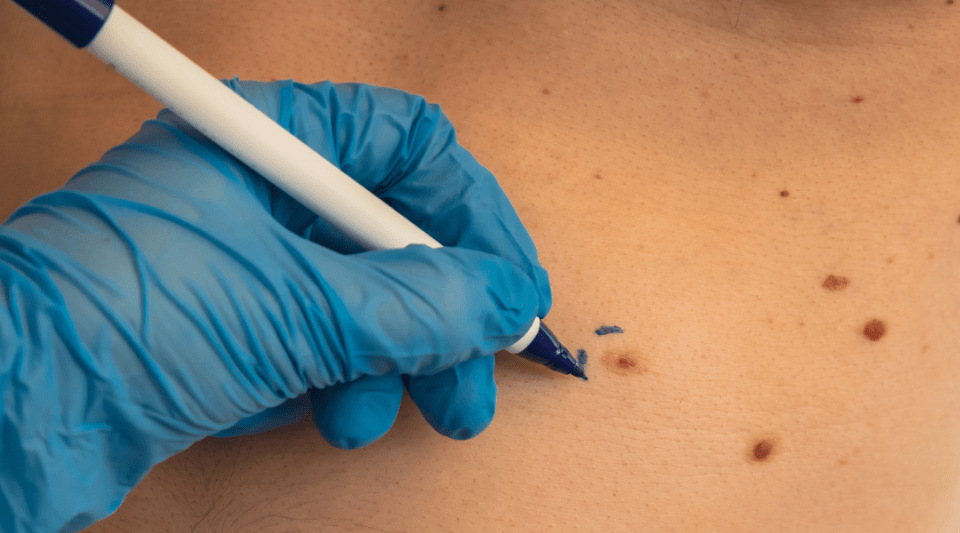A clinical study carried out by the Cardiology Department at Hospital Clínic of Barcelona has analysed the impact of different heart disease treatments in patients aged over 90 years. People with conditions such as heart attack or atrial fibrillation participated in the study. For this, indicators such as disease progression and treatment follow-up were taken into account, and data for men and women was compared.
The study shows that techniques used to restore blood supply to the arteries, such as primary angioplasty, are a safe and effective strategy in patients in their 90s who have had an acute myocardial infarction, provided that they are not severely disabled.
In terms of differences in the treatment received according to gender, a disparity was found between the two groups. Women are less likely to receive primary angioplasty as treatment, despite the fact that coronary revascularisation is associated with greater benefits in women.
In previous studies, such as VIRGO, it had already been observed that there is inequality in how men and women are treated for diseases such as heart attack, although in this case the study focused on younger populations. It was seen that women with acute myocardial infarction were less likely to receive treatment, and were more likely to have their treatment delayed. The same pattern is evident in the current work, but in nonagenarian patients.
In addition, the incidence of cardiovascular disease increases with age. It is the main cause of mortality in elderly people. Different demographic studies suggest that by 2030, life expectancy for women may surpass 90 years. Therefore, given that in the near future there will be a greater number of nonagenarian patients in hospitals, and the majority of them will suffer from cardiovascular disease, it is important to study whether the treatments normally used for heart disease are also safe for this group, which is considered to be at very high risk.
The aim is to improve the prognosis in this growing group of patients, which, fortunately, has already improved greatly in recent years thanks to interventional cardiology, with new technologies and criteria.
Ultimately, this study provides evidence on the safety and effectiveness of the treatment in very elderly people. Furthermore, it aims to raise awareness about inequalities between women and men, and to break the gender gap that exists in the treatment of cardiovascular disease.
Author: Dr Pedro Cepas, Cardiology Department, Clinical Cardiovascular Institute, Hospital Clínic de Barcelona




